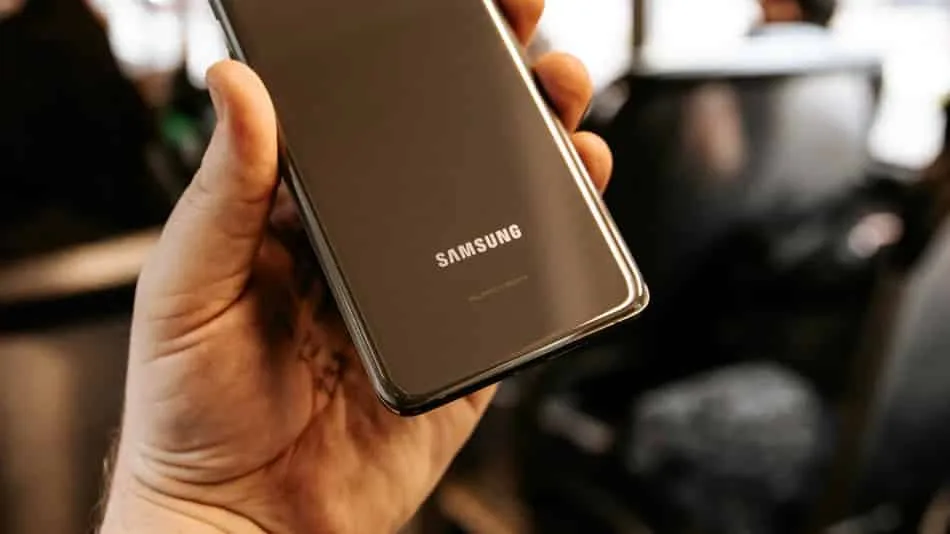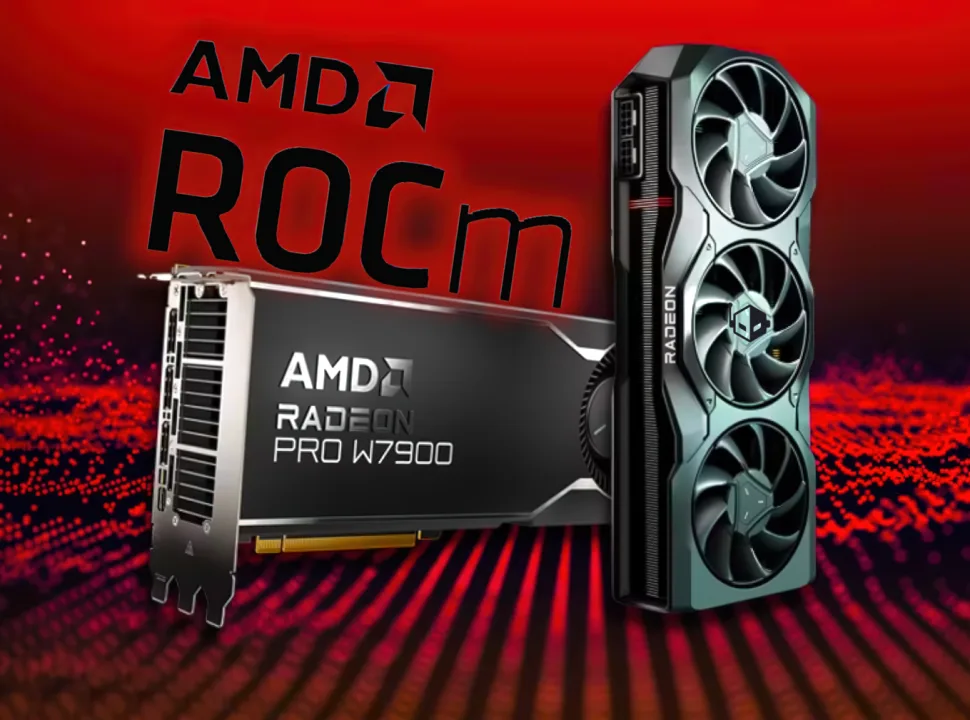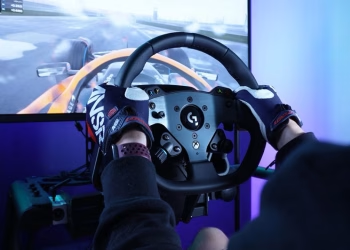On December 7, Samsung Electronics announced its restructure. Samsung consolidated its consumer electronics (CE) and information and mobile communications (IM) businesses into a single SET division, in addition to changing leadership.
The new SET business will act as a merger of the product lines for home appliances, mobile phones, communications equipment, and picture display. Instead of Samsung Electronics’ four major branches competing with one another as they did before, the device solutions (DS) in charge of semiconductors and panels, the new structure will have the SET, and Harman in charge of the vehicle-to-everything (V2X) and sound equipment divisions working together.
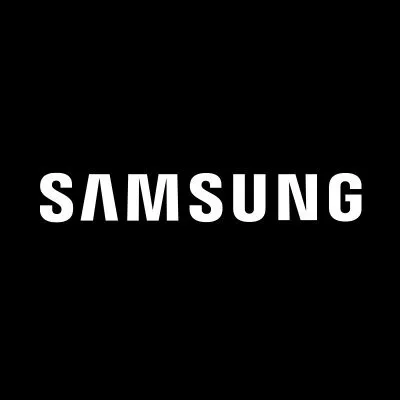
Sony and Huawei have both set precedents for combining divisions:
Samsung has attempted to sustain its high operational growth goals in the past by changing CEO positions, implementing employee assessments and a salary structure based on ability and performance, and implementing speed management. Samsung aspired to create an organisational culture like this.
Under this culture, the latest leadership changes are understandable. On the other hand, the unification of Samsung’s end divisions has piqued the interest of outsiders. This move appears to be aimed at increasing product integration, as well as concentrating resources and other associated business synergies.
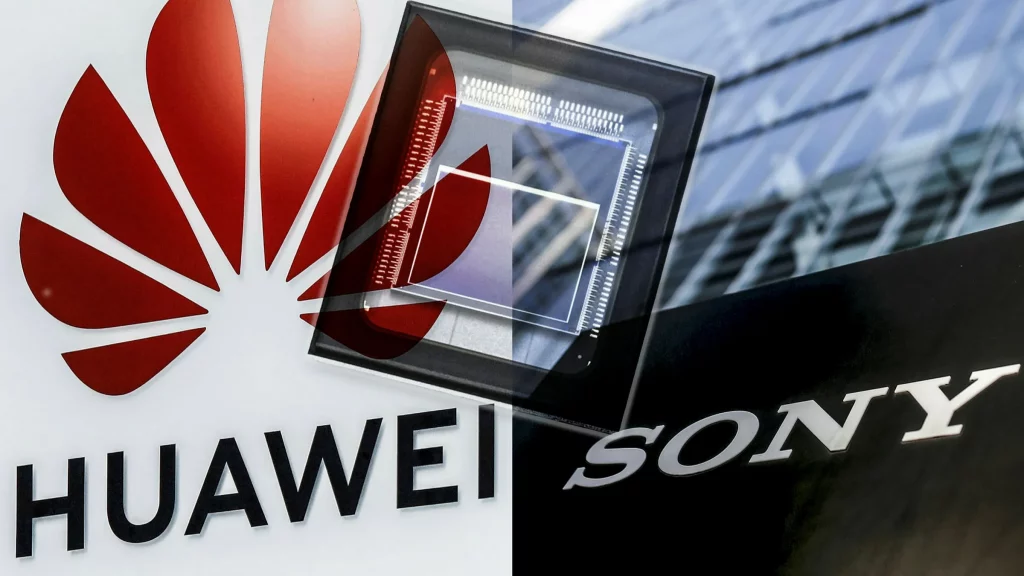
While Samsung has yet to decide whether the new business unit will be called SET or not, integrating divisions is a standard approach for corporate activation and competition. For example, due to intense competition from within the industry, Sony Mobile’s mobile phone company has sustained massive losses in recent years.
Sony Mobile began producing a profit in the 2020 fiscal year after reorganising and integrating its mobile phone division with R&D resources and distinctive product features from its television and camera divisions, despite unit shipments continuing to decline.

Huawei is in the midst of reorganising its organisation at the same time. Huawei has introduced a cloud computing business group to its current telecoms, enterprise, and network products and solutions business groups in response to market developments and demands.
Huawei’s smartphone industry has been hampered in recent years. Since then, they’ve reorganised their consumer electronic products business group, elevating their smart car solution business unit and placing it under the consumer business management committee.
It’s easy to grasp the motive for Samsung’s consolidation of its existing operations if preserving current thinking and implementing a more efficient and flexible organisational structure is set as a basic prerequisite to keep up with market changes.
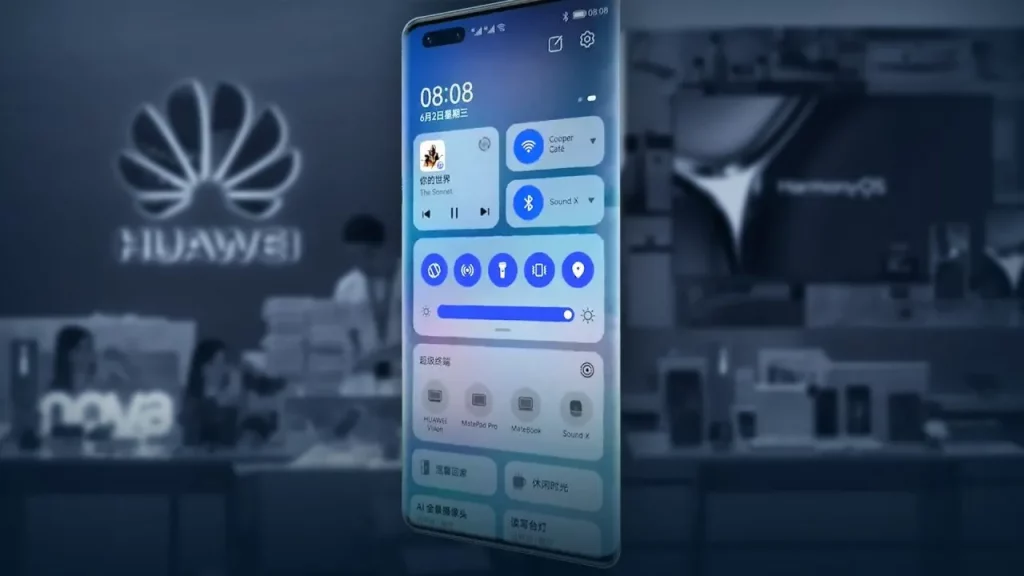
Due to the growth in memory and panel pricing, the DS division has become Samsung’s largest revenue producer, according to an examination of Samsung’s third-quarter financial report. The DS division brought in KRW35.09 trillion in revenue and KRW11.58 trillion in operating income (US$28.83 billion).
The IM division finished in second with KRW28.42 trillion in revenue, and CE came in third with KRW14.1 trillion. These two divisions combined had an operational income of only KRW4.12 trillion, a huge contrast from the DS division.
The consolidation of the CE and IM divisions will enable stronger and beneficial internal communications, product R&D, and resource allocation, as well as product cross-marketing and expansion through more highly integrated and serialised products. Samsung will be able to achieve its target of improved operating performance as a result of this.
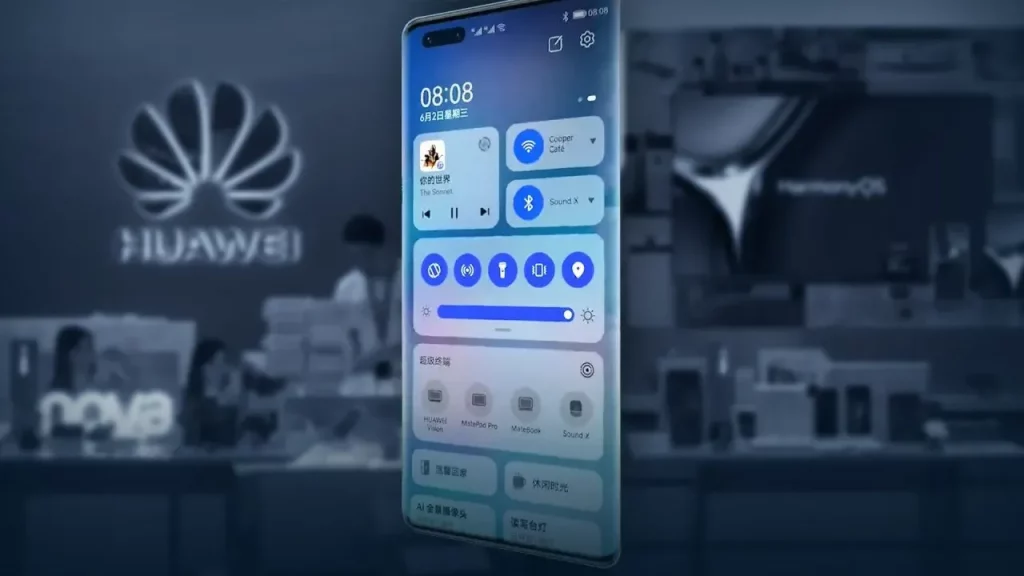
Chinese manufacturers showing tough time to Samsung by their rise :
Despite the fact that Samsung’s reorganisation will definitely result in a new operating environment, the company still faces external hurdles. The operators’ vision and managerial ability will be put to the test in order to overcome these obstacles.
One of these problems is fierce rivalry from Chinese-based enterprises in the panel industry. A primary priority for the company is to figure out how to expand their market share and application share in next-generation quantum dots technology. Samsung continues to face production expansion competition in the semiconductor industry.
Although Taiwanese manufacturers regard Samsung as a competitive competitor in wafer production and integrated services, Samsung’s wafer foundry sector continues to confront many development challenges.

These include how to deal with advanced processes’ high capital expenditure competitiveness, how to speed the crossing of process technological boundaries, and how to remove customer scepticism about Samsung’s expansion of its own semiconductor foundry company.
Some industry insiders have speculated that Samsung could follow Taiwan’s semiconductor industry development strategy, which involves actively promoting the IC design sector and developing an upstream and downstream ecosystem. As a result, Samsung’s production capacity and competitiveness would increase.
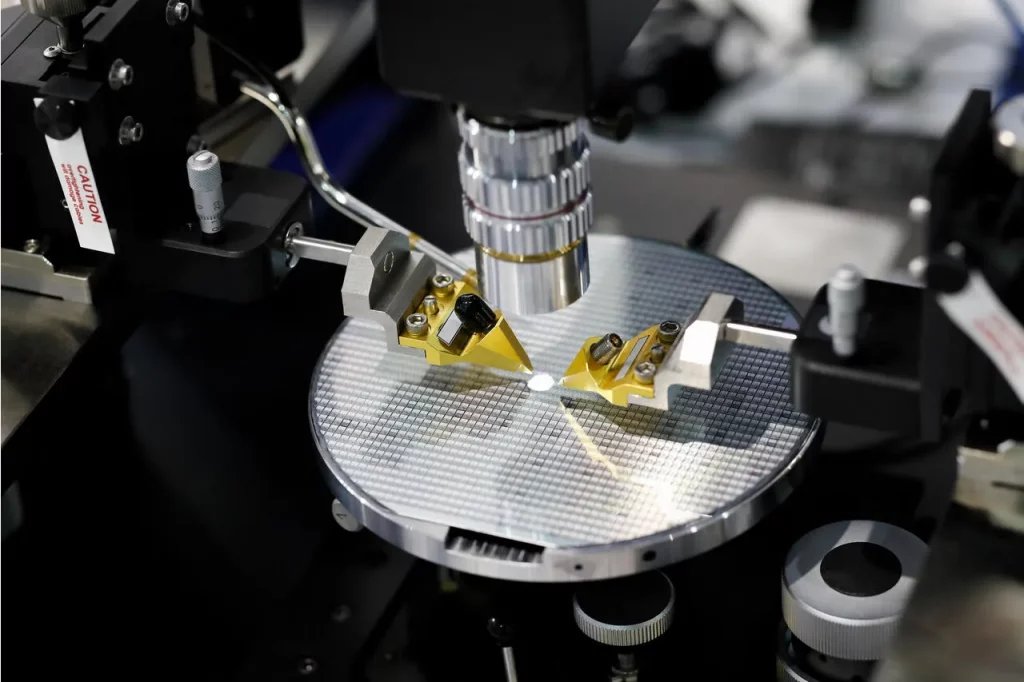
This strategy, however, is insufficiently fast. Furthermore, competitors like TSMC have already degraded Samsung’s core semiconductor business, such as developing next-generation memory core technology and establishing its high-level packaging business. For Samsung’s semiconductor business development, this will result in resource allocation and acceleration issues.
Home appliances, mobile phones, and televisions all need to respond to cost-effective competition from China-based competitors in terms of Samsung’s end product business. Simultaneously, the maturity and homogeneity of the aforementioned products have made it more difficult for businesses to leverage breakthrough technology to increase brand distinctiveness and value.

Finally, despite their lack of involvement in home appliance items, Huawei, Xiaomi, and Oppo outperform Samsung in terms of the depth and breadth of the mobile phone IoT ecosystem. If Samsung’s new organisation and leadership are to break past these barriers, they must come up with new ideas and ways to respond.

